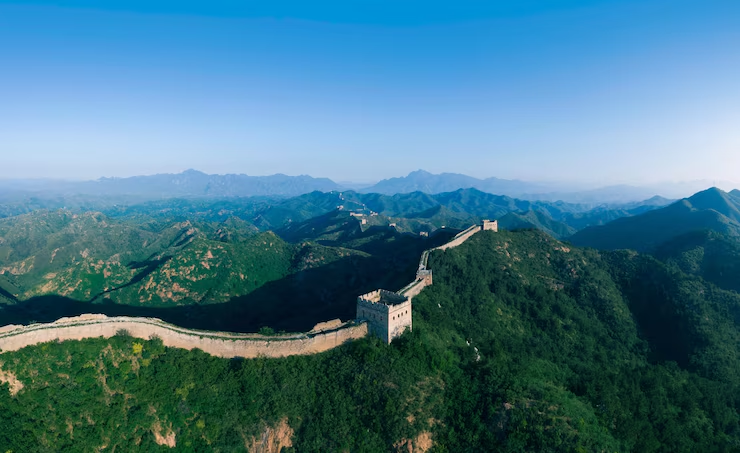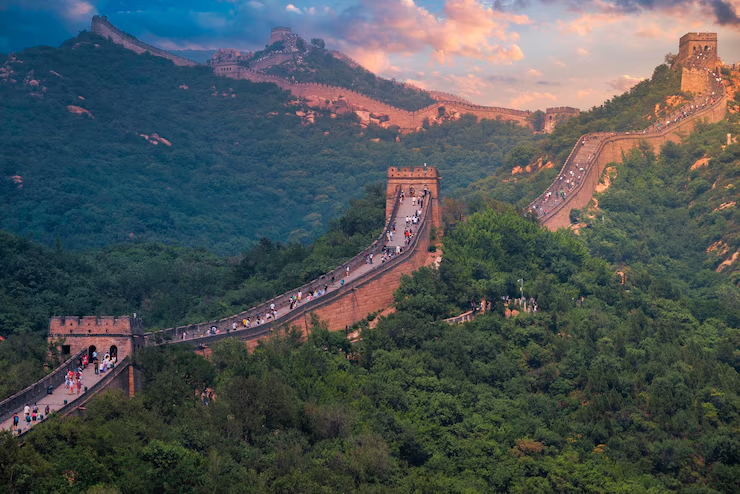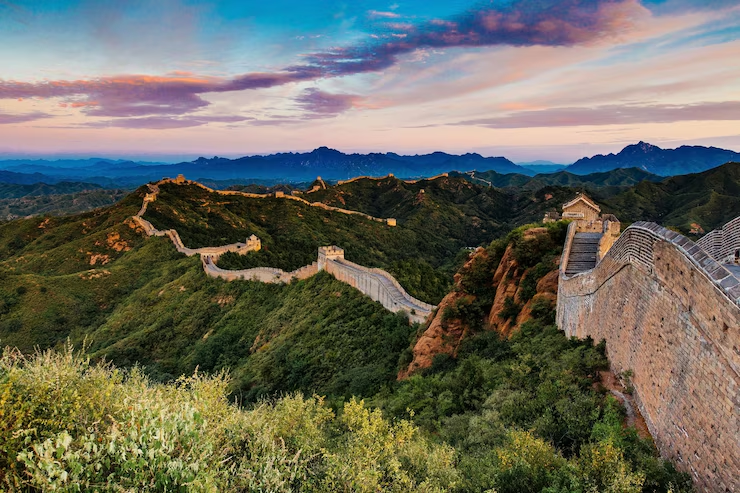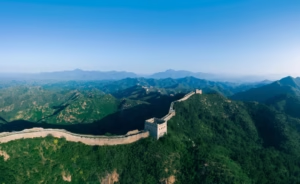The Great Wall of China: Global Legacy and Significance

The Great Wall of China is one of the most extraordinary architectural achievements in human history. Stretching over 21,000 kilometers (13,000 miles), this vast fortification winds across mountains, deserts, and plains in northern China. It is not only a symbol of Chinese strength and perseverance but also a testament to the ingenuity and endurance of ancient civilizations.
Historical Origins
The idea of building walls for defense in China dates back more than 2,500 years to the Warring States period (475–221 BCE). During this time, several independent states constructed walls to protect their territories from invasions by nomadic tribes such as the Xiongnu. These walls were separate and built mainly from rammed earth.
The Great Wall as a unified structure began under the Qin Dynasty (221–206 BCE) with Emperor Qin Shi Huang, who famously unified China for the first time. To safeguard his empire, he ordered the connection and expansion of these scattered walls into one continuous barrier along the northern frontier. This massive project required hundreds of thousands of laborers, many of whom worked under harsh conditions.
Following the Qin Dynasty, various dynasties maintained and extended the wall. The Han Dynasty (206 BCE–220 CE) expanded the wall westward to protect the Silk Road trade routes. The most famous and well-preserved portions of the wall date from the Ming Dynasty (1368–1644 CE), which reinforced the structure to defend against Mongol invasions.

Construction and Engineering
The construction of the Great Wall varied greatly depending on the region. In mountainous areas, builders used stone and bricks, while in plains and deserts, rammed earth and tamped dirt were common materials. The Ming Dynasty introduced bricks and lime mortar, greatly enhancing the wall’s durability.
The wall typically stands about 6 to 7 meters (20 to 23 feet) high and is wide enough for soldiers and horses to patrol its length. Watchtowers, signal towers, and garrison stations were built along the wall, serving as lookout points and communication posts using smoke and fire signals to warn of enemy advances.
Military Significance
The Great Wall’s primary purpose was to protect China from northern nomadic tribes who frequently raided and invaded the fertile Chinese heartland. It served as a formidable obstacle, slowing invaders and giving the Chinese military time to respond.
Though not impregnable—invaders like the Mongols and Manchus eventually breached the wall—it played a crucial role in defense for centuries. The wall also helped regulate immigration and trade, controlling the movement of people and goods.
https://sypertimes.com/amazon-rainforest-biodiversity-climate-cultural-heritage/
Cultural and Symbolic Importance
Beyond its military role, the Great Wall has deep cultural significance. It symbolizes the resilience, unity, and strength of the Chinese people. The enormous human effort behind its construction—estimated to involve millions of workers—reflects dedication and sacrifice.
The wall features prominently in Chinese literature, folklore, and national identity, representing protection and endurance against adversity. It also stands as a physical reminder of the historical divide between China and its northern neighbors.

The Great Wall Today
Today, the Great Wall of China is a UNESCO World Heritage Site and one of the world’s most visited landmarks. Popular sections near Beijing—such as Badaling and Mutianyu—are restored and attract millions of tourists annually.
However, much of the wall remains in disrepair due to natural erosion and human impact. Conservation efforts continue to preserve this monumental structure, balancing tourism with protection.
Conclusion
The Great Wall of China is more than just a wall; it is a symbol of ancient Chinese civilization’s ambition, resilience, and creativity. Spanning thousands of years of history and thousands of miles of diverse landscapes, it continues to inspire awe worldwide. As a cultural icon and architectural marvel, the Great Wall remains a timeless testament to human determination and the enduring spirit of China.
https://indianexpress.com/article/world/great-wall-of-china-may-be-older-than-thought-9852773




